13 Must-Try Spanish Dishes That Spain is Famous For
Spain’s culinary scene is a vibrant mix of regional flavors, traditions, and histories. Each dish has a story to tell, inviting travelers to immerse themselves in the local culture. The heart of Spanish cuisine lies in its commitment to fresh ingredients and traditional cooking methods.
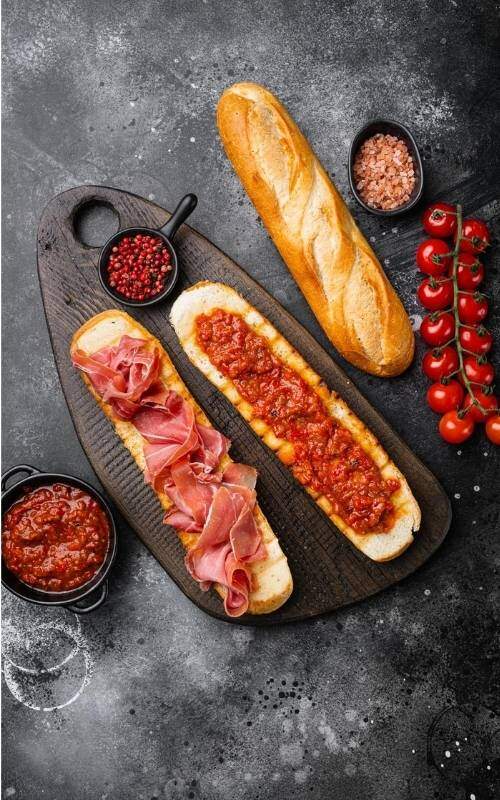
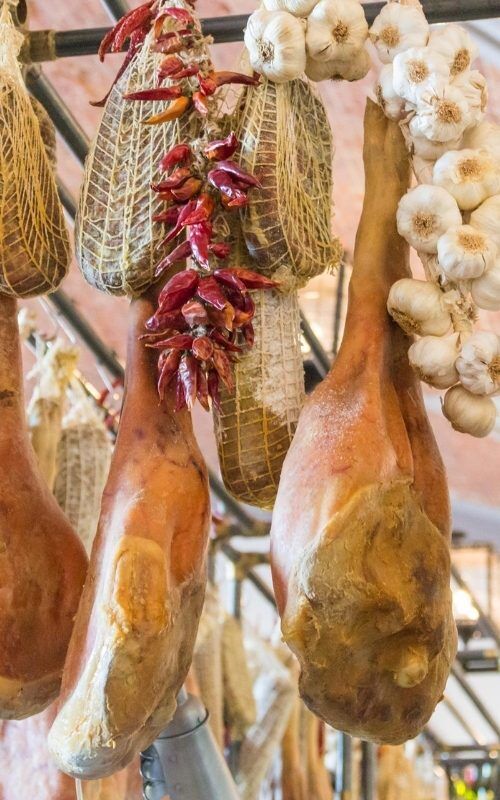
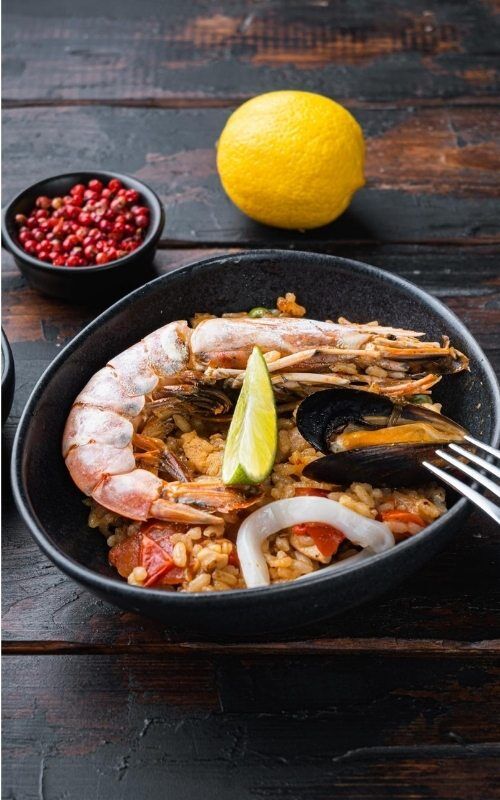
Food culture in Spain is an integral part of daily life. Meals go beyond just providing nourishment; they hold great significance in Experiencing local foods while traveling is essential for a truly enriching adventure. Here are some compelling reasons to indulge:
- Discover unique flavors that reflect the region’s heritage.
- Connect with locals through shared meals and culinary traditions.
- Savor seasonal ingredients that highlight Spain’s agricultural bounty.
In this article, we will explore 13 must-try Spanish dishes that encapsulate the essence of what food is Spain famous for. From iconic tapas to hearty main courses, each dish offers a taste of traditional Spanish cuisine that is sure to delight your palate.
To fully appreciate these culinary delights, one must understand the rich cultural and historical backdrop of Spain. This knowledge not only enhances your dining experience but also provides an opportunity to connect with locals through shared meals and culinary traditions.
For those planning a trip to this beautiful country, our blog offers expert travel tips and city guides that can help you navigate other countries.
Understanding Spanish Cuisine
Spanish food culture is a vibrant tapestry woven from the country’s diverse geography and rich history. Each region has its own culinary identity, influenced by local ingredients, climate, and historical trade routes. Spain’s geography, from the coastal Mediterranean to the mountainous interior, provides a wide range of flavors and textures that shape every dish.
Regional Variations
- Andalusian Cuisine: Known for its refreshing cold soups like gazpacho and hearty stews.
- Catalonian Dishes: Highlighting robust flavors with ingredients like seafood and vegetables in dishes such as fideuà.
- Basque Delights: Featuring pintxos, small bites that showcase seasonal produce and fresh fish.
These variations reflect not just regional pride but also the historical influences of different cultures, including the Moors, Romans, and Celts.
The Mediterranean Diet
The Mediterranean diet plays a crucial role in shaping Spanish cuisine. It emphasizes:
- Fresh fruits and vegetables
- Whole grains
- Healthy fats such as olive oil
This diet encourages a balance of flavors while promoting health benefits. It’s no surprise that many must-try Spanish foods align with these principles.
Embracing local foods while traveling through Spain offers an authentic experience that goes beyond just eating. Each meal tells a story—of tradition, community, and the land itself. The next time you enjoy a dish in Spain, especially when visiting Spain, think about the rich cultural heritage that enhances your dining experience.
1. Gazpacho
Gazpacho is a refreshing chilled tomato soup and a beloved dish from Andalusia that captures the essence of Spanish summer cuisine, especially when enjoyed while visiting Spain. The main ingredients are:
- Tomatoes
- Olive oil
- Garlic
Other ingredients like cucumbers, bell peppers, and day-old bread add to its texture and flavor.
If you’re looking for a heartier option, Salmorejo is a thicker version topped with pieces of Ibérico ham.
To enjoy authentic gazpacho, head to local markets or charming restaurants in Andalusia. Seville and Granada are must-visit places where you can find this dish served chilled, making it the perfect companion for warm afternoons under the Spanish sun.
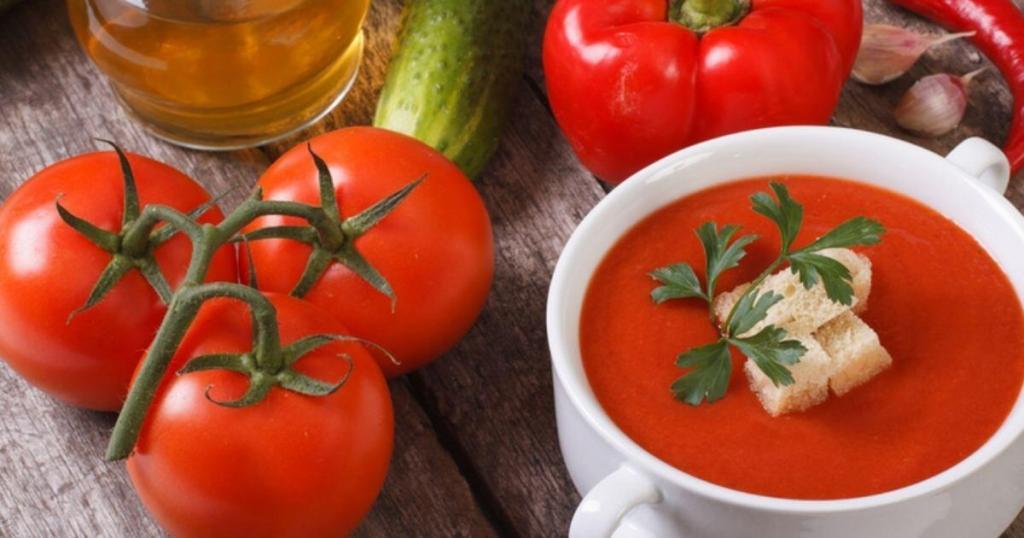
2. Paella Valenciana
Paella, the iconic saffron rice dish, hails from Valencia, a region where culinary traditions flourish, particularly known for its black pigs and unique dishes.
Key Ingredients
- Chicken and Rabbit: The traditional meats, providing robust flavor.
- Saffron: The golden spice that gives paella its distinct color and aroma.
- Beans: Varieties like runner beans and butter beans contribute to the dish’s texture.
Making Authentic Paella at Home
- Choose the Right Rice: Use bomba or Calasparra rice for optimal absorption.
- Cooking Method: Start by sautéing the meat in olive oil, add vegetables, then stir in the rice and broth infused with saffron.
- Finish with a Socarrat: Allow the bottom to crisp up for that perfect layer of flavor.
Paella Valenciana remains a must-try among the 13 Must-Try Spanish Dishes and Foods to Try in Spain, embodying the heart of Spanish culture and community dining.
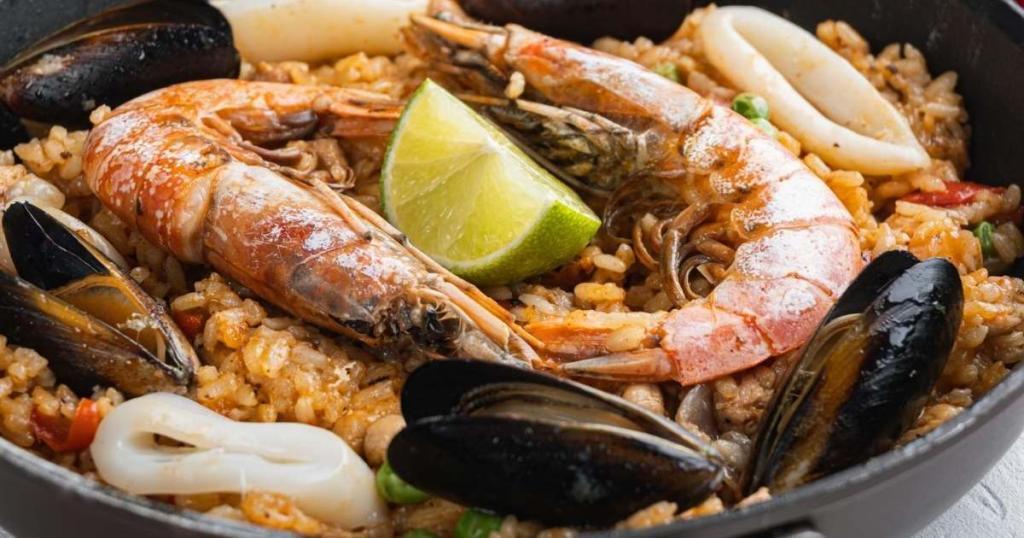
3. Tortilla Española
The Tortilla Española, also known as the Spanish omelet, is a beloved dish in Spanish cuisine known for its simplicity and flavor. Here’s how it’s traditionally made:
- Key Ingredients: Eggs, potatoes, and a generous amount of extra virgin olive oil.
- Preparation Method: Potatoes are thinly sliced, gently fried in olive oil until tender, then mixed with beaten eggs and cooked to create a thick, fluffy omelet, usually served with a side of fresh vegetables.
While the classic version is delicious on its own, there are many variations you can try. Adding chorizo or seasonal vegetables gives each dish a unique twist.
This dish is very popular in tapas bars across Spain, where it’s often served as a shareable delight. A slice of tortilla goes perfectly with a glass of local wine or beer, making it an essential part of any culinary journey through Spain. tapa an adventure in itself.
4. Gambas al Ajillo
Gambas al Ajillo is a classic Spanish dish that brings together the bold flavors of garlic and spice. This simple yet delicious recipe includes:
- Ingredients: Fresh prawns, plenty of garlic, red chili flakes, and olive oil.
- Cooking Technique: Prawns are cooked in hot olive oil with minced garlic and a pinch of chili flakes, allowing the ingredients to blend their unique tastes.
For an authentic experience, enjoy this savory dish with a glass of dry white wine or a refreshing Spanish beer like Estrella Damm. The combination enhances the dish’s strong flavors while complementing its rich aroma.
5. Tostas de Tomate y Jamón
Tostas de Tomate y Jamón, or tomato and ham toast, is a beloved tapa that showcases the simplicity of Spanish cuisine. The preparation involves rubbing fresh, ripe tomatoes on crusty bread, drizzling it with extra virgin olive oil, and topping it with thin slices of jamón Serrano. This combination creates a delightful balance of flavors.
Serving Suggestions
- Enjoy warm or at room temperature.
- Pair with a glass of chilled white wine or a refreshing cerveza.
As a quintessential tapa option, Tostas de Tomate y Jamón encapsulates the essence of sharing food in Spain, making it a must-try on your culinary journey through this vibrant country.
6. Patatas Bravas
Patatas Bravas are a classic Spanish tapa, loved by both locals and tourists. This dish features cubed fried potatoes, expertly cooked to achieve a crispy exterior and fluffy interior. The highlight of the dish is the accompanying spicy sauce, typically made with pimentón (smoked paprika) that adds depth and flavor.
Regional Variations
- Madrid: Often served with a creamy garlic mayonnaise or spicy tomato sauce.
- Catalonia: Some enjoy them with allioli, a garlic-infused olive oil emulsion.
Each region adds its own twist, making Patatas Bravas a delicious exploration of Spain’s diverse cuisine.
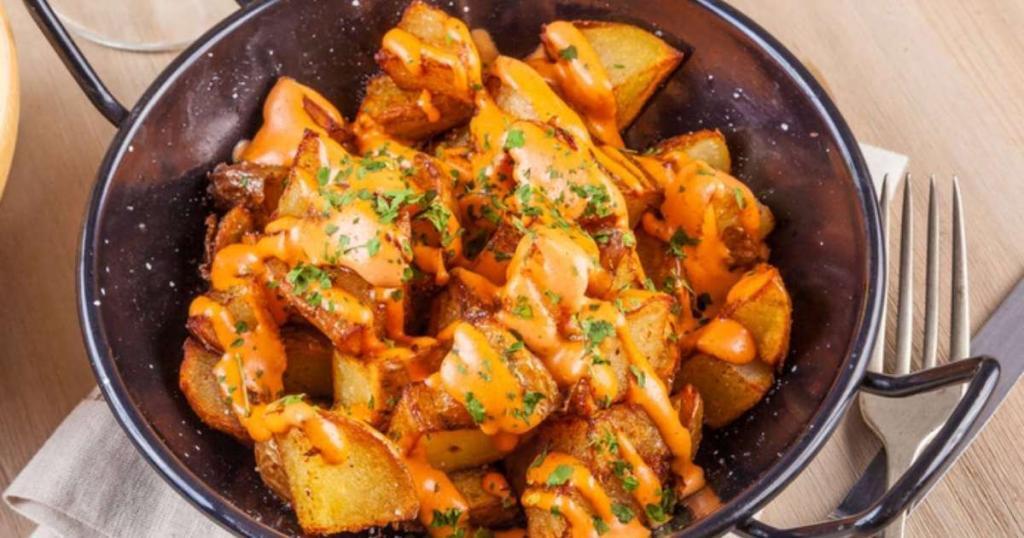
7. Pollo al Ajillo
Pollo al Ajillo, or garlic chicken, is a beloved Spanish dish that brings together simple ingredients to create a symphony of flavors. The key to this mouthwatering recipe lies in its cooking techniques:
- Marination: Chicken pieces are marinated in a blend of sherry or white wine, enhancing the depth of flavor.
- Herbs: Fresh rosemary and thyme infuse the dish with aromatic qualities, elevating the overall experience, especially in northern Spain.
For the perfect meal, consider pairing Pollo al Ajillo with:
- Sides: A light salad or roasted vegetables complement the richness of the chicken.
- Drinks: A crisp white wine, such as Albariño or Verdejo, balances the garlic’s intensity beautifully.
This dish captures the essence of rustic Spanish cooking, making it a must-try for any culinary enthusiast.
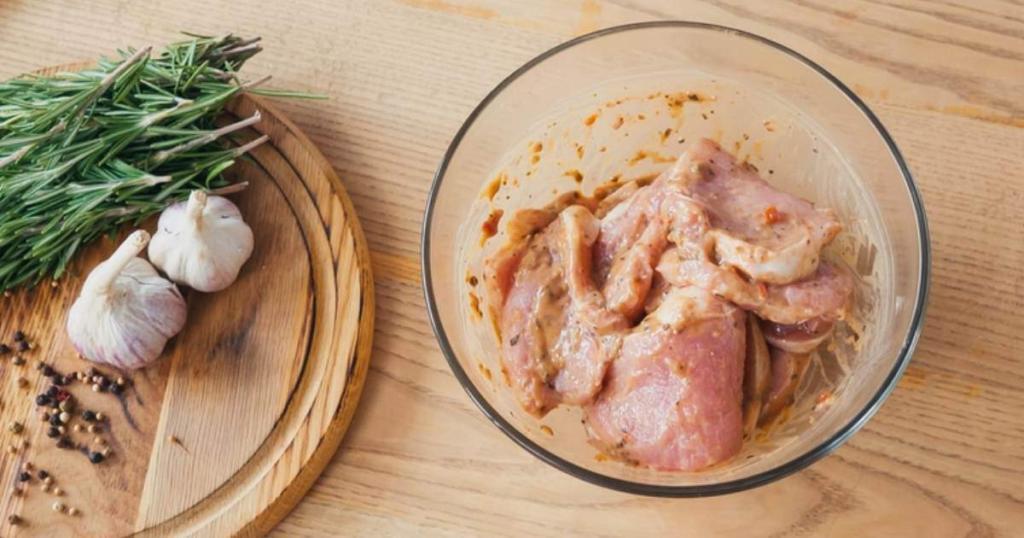
8. Cochinillo Asado
Cochinillo asado, or roast suckling pig, comes from the historic region of Segovia. This dish is famous for its crispy skin and tender meat, making it a favorite among locals and visitors alike.
Cooking Methods
Traditionally, cochinillo is roasted in a wood-fired oven for several hours. This slow cooking process allows the flavors to deepen while keeping the meat tender.
Serving Suggestion
Often served with a simple side of roasted potatoes or fresh vegetables, this dish embodies the heart of Spanish culinary tradition, especially when enjoyed as street food.
Indulging in cochinillo asado is an unforgettable experience on your journey through Spain’s rich food culture.
9. Pisto
Pisto is often referred to as Spanish ratatouille, echoing the beloved French dish. This vibrant medley showcases:
- Ingredients: Onions, zucchini, peppers, and tomatoes form the base of this hearty dish. Each ingredient contributes to a rich tapestry of flavors.
- Cooking Method: Slow-frying in olive oil enhances the natural sweetness, allowing the vegetables to meld beautifully.
Similar to ratatouille, which hails from Provence, pisto reflects regional variations found in Mediterranean cultures. The Spanish version tends to be more rustic and often served with a fried egg on top, adding a delightful richness. A comforting staple that embodies the essence of home-cooked Spanish meals.
If you’re planning to explore Spain and indulge in its culinary delights, make sure to check out these top 10 essential travel tips for first-time travelers. These tips will help you plan your trip effectively, budget wisely, ensure safety, and embrace new cultures for a memorable adventure.
10. Turrón
Turrón is a delicious almond nougat from Jijona and Alicante that is an important part of Spanish culinary traditions. There are two main types of Turrón:
- Soft Turrón (Turrón de Jijona): Chewy with a smooth texture, made with ground almonds and honey.
- Hard Turrón (Turrón de Alicante): Crunchy, featuring whole almonds and a more brittle consistency.
During festive seasons, especially at Christmas, Turrón becomes a beloved staple in households across Spain. Families often share this delicacy as part of their celebrations, highlighting its cultural significance and the joy it brings to gatherings. The rich flavors and textures capture the essence of Spanish festive traditions, making it an essential culinary experience.

11. Pimientos de Padrón
Pimientos de Padrón are a delightful fried green pepper snack originating from the small town of Padrón in Galicia. These bite-sized peppers are typically sautéed in olive oil and sprinkled with sea salt, creating a crispy exterior and tender interior. The thrill lies in their unpredictability; while most are mild, a few can pack a spicy punch.
As a popular tapas option, they embody the social aspect of dining in Spain, where sharing small plates fosters connection and conversation. Enjoying Pimientos de Padrón is an essential experience among the 13 Must-Try Spanish Dishes and Foods to Try in Spain.
12. Fideuà
Fideuà is a delightful seafood pasta dish from Catalonia, reminiscent of the beloved paella but with a twist. Instead of rice, this dish features thin noodles, often using fideus, a type of vermicelli.
Common Ingredients
- Seafood: shrimp, mussels, and squid
- Aromatics: garlic and onion
- Broth: rich fish or seafood stock
- Spices: saffron adds that signature touch, making it a key ingredient in other dishes like bacalao.
Preparation Methods
- Sauté seafood and aromatics in olive oil.
- Add the fideus to the pan, allowing them to absorb flavors, creating a dish that is perfect for eating in Spain.
- Pour in the broth and let simmer until the pasta is tender.
Enjoying a plate of fideuà transports you straight to the Mediterranean shores, where vibrant flavors come alive with every bite.
13. Jamón Iberico
Jamón Ibérico is a highly regarded cured ham from Spain, known for its rich flavor and melt-in-your-mouth texture. Here’s what makes it special:
- Types of Pigs:
- Jamón Serrano: Made from white pigs, often raised in various regions.
- Jamón Ibérico: Crafted from black Iberian pigs, known for their unique diet of acorns, which enhances the flavor.
Traditionally served thinly sliced, Jamón Ibérico pairs beautifully with a glass of Spanish wine or as part of a charcuterie board. Savoring this delicacy is an essential experience in exploring the 13 Must-Try Spanish Dishes and Foods to Try in Spain. Enjoy every bite!
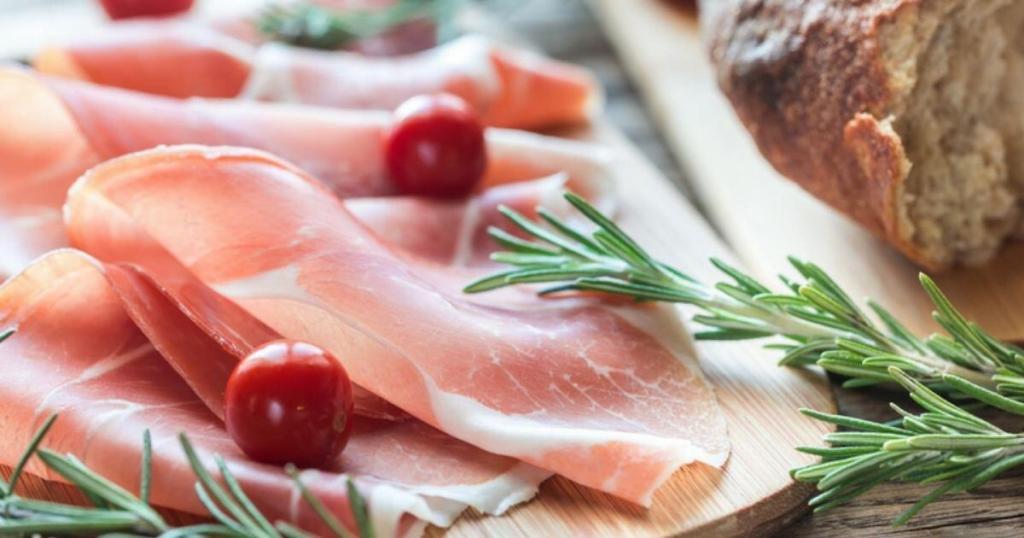
Conclusion
A trip to Spain offers an incredible culinary adventure with numerous best Spanish dishes to try. From the iconic tortilla de patatas, a hearty tapas dish eaten as a snack or light meal, to the refreshing cold soup gazpacho, perfect for hot days in Southern Spain. Many Spanish classics are made from olive oil, like the flavorful aioli, a garlic sauce made to accompany various dishes. Don’t miss out on trying paella, which hails from the region of Valencia and is considered one of the best dishes in Spanish food to try. For seafood lovers, salted cod or bacalao is a must-try, especially in Galicia in Northwestern Spain. The rich béchamel sauce features in many dishes, including croquetas, a popular finger food. For those with a sweet tooth, flan is a popular dessert found throughout the country. To truly experience Spanish meat dishes, sample chorizo flavored with Spanish paprika or jamón ibérico. Remember, they’re best enjoyed with a glass of local wine or sangria. Whether you’re looking for a quick dip or a hearty main dish when visiting Spain, you’re sure to find the best flavors that will leave you craving more long after your trip ends







